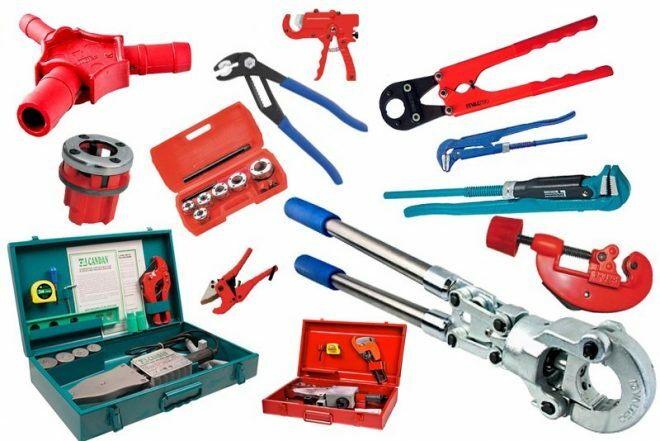When it comes to picking a new kitchen sink, one of the first decisions you'll need to make is what type of sink you want. There are several types of kitchen sinks to choose from, each with its own unique features and benefits. Some popular options include stainless steel, granite composite, porcelain, and fireclay sinks. Each type has its own pros and cons, so it's important to do your research and choose the one that best fits your needs and preferences.1. Types of Kitchen Sinks
The size of your kitchen sink is another important factor to consider. You want to make sure you have a sink that is large enough to accommodate your daily needs, whether that's washing large pots and pans or simply washing your hands. Consider the size of your kitchen and the amount of counter space you have available when choosing the right size sink. You also want to make sure the depth of the sink is suitable for your needs. A deeper sink can be beneficial for larger dishes, but a shallower sink may be more comfortable for daily use.2. Choosing the Right Size Sink
The material of your kitchen sink can not only affect its appearance, but also its durability and maintenance. Stainless steel sinks are a popular choice due to their affordability, durability, and easy maintenance. Granite composite sinks offer a more modern and stylish look, but can be more expensive. Porcelain and fireclay sinks are also popular options, but may require more maintenance to keep them looking their best. Consider your budget and lifestyle when choosing the material for your kitchen sink.3. Materials for Kitchen Sinks
Another decision to make when choosing a kitchen sink is whether you want a single or double bowl sink. A single bowl sink offers a larger space for washing bigger items and makes it easier to clean them. However, a double bowl sink allows for more versatility, as you can use one side for washing and the other for drying. Consider your daily tasks and preferences when deciding between a single or double bowl sink.4. Single vs Double Bowl Sinks
Undermount and topmount sinks refer to how the sink is installed in your kitchen. An undermount sink is mounted underneath the countertop, creating a seamless and sleek look. A topmount sink, on the other hand, is dropped into a hole cut in the countertop. Both options have their own advantages and disadvantages, so consider your kitchen design and maintenance preferences when choosing between the two.5. Undermount vs Topmount Sinks
Two other popular types of sinks are farmhouse and drop-in sinks. A farmhouse sink, also known as an apron sink, has a large, exposed front that adds a touch of country charm to your kitchen. Drop-in sinks, on the other hand, are more traditional and sit on top of the countertop. Both options have their own unique aesthetic, so consider the style of your kitchen when choosing between these two options.6. Farmhouse vs Drop-In Sinks
When choosing a new kitchen sink, it's important to also consider the compatibility with your faucet. Make sure the holes in the sink match up with your faucet or that you are able to drill new holes if needed. This will save you from any potential headaches down the line.7. Considerations for Faucet Compatibility
Aside from the sink itself, there are also various accessories and features to consider. Some sinks come with built-in accessories such as cutting boards, drying racks, and colanders. These can be convenient for food prep and washing dishes. Other features to consider include soundproofing materials to reduce noise, and anti-bacterial coatings to keep your sink clean and hygienic.8. Sink Accessories and Features
If you're on a budget, there are still plenty of options for a new kitchen sink. Stainless steel sinks are generally more affordable, while still offering durability and style. You can also opt for a sink with fewer features and accessories to keep the cost down. Alternatively, consider shopping for a used sink or looking for sales and discounts to save some money.9. Budget-Friendly Sink Options
Installing a new kitchen sink may seem like a simple task, but it's important to consider hiring a professional for the job. A professional will ensure the sink is installed correctly and securely, avoiding any potential leaks or problems down the line. They can also help with any necessary plumbing work and ensure the sink is properly aligned with the countertop. While it may be tempting to save money and DIY, it's best to leave sink installation to the experts.10. Hiring a Professional for Sink Installation
Choosing the Right Material for Your Kitchen Sink
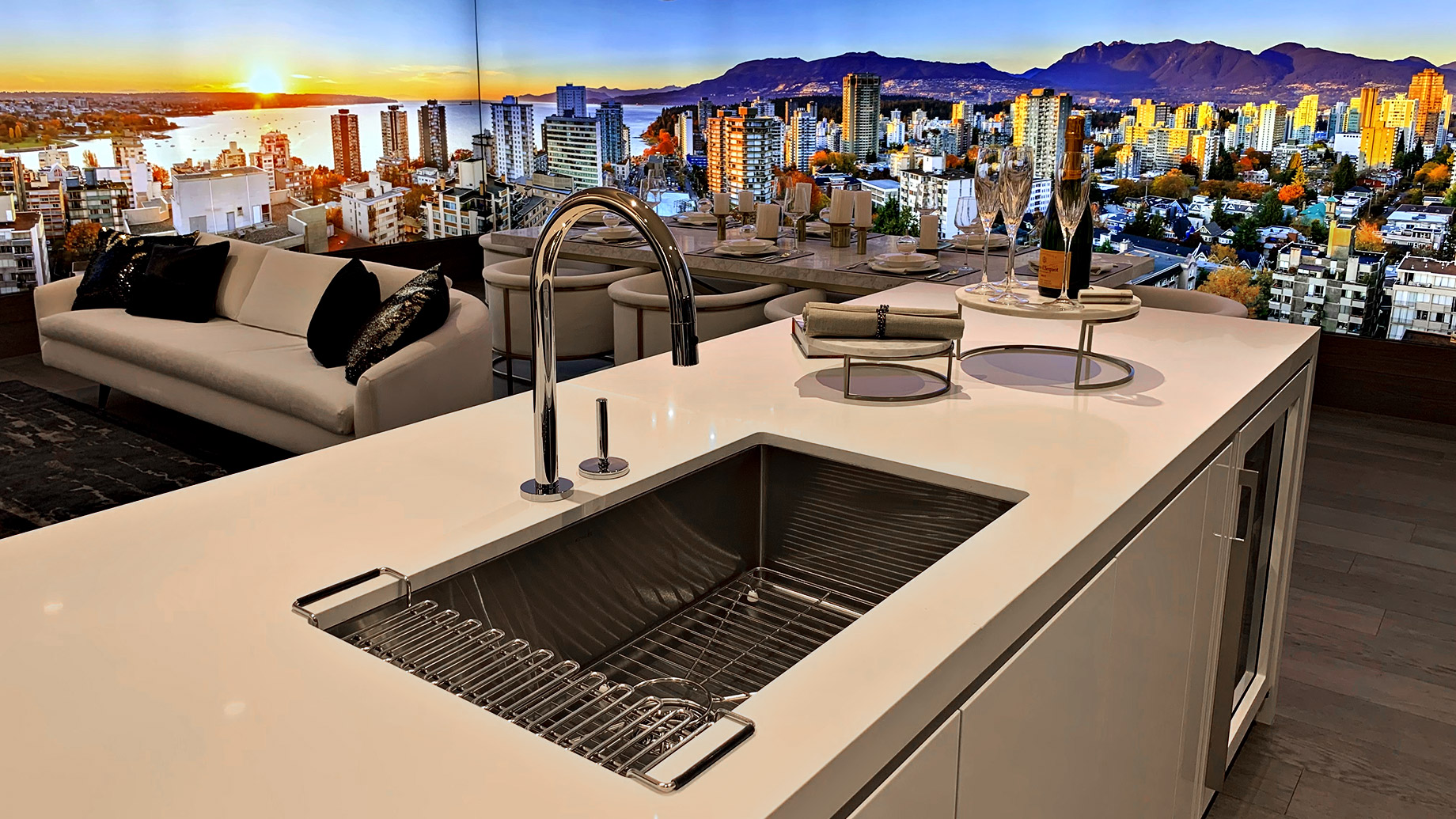
Why Material Matters
 When designing your dream kitchen, the sink may not be the first thing that comes to mind. However, it is a key element that not only adds aesthetic appeal but also plays a crucial role in the functionality of your kitchen. With a variety of options available, it can be overwhelming to choose the right material for your kitchen sink. In this article, we will explore the different materials and help you make an informed decision for your kitchen upgrade.
When designing your dream kitchen, the sink may not be the first thing that comes to mind. However, it is a key element that not only adds aesthetic appeal but also plays a crucial role in the functionality of your kitchen. With a variety of options available, it can be overwhelming to choose the right material for your kitchen sink. In this article, we will explore the different materials and help you make an informed decision for your kitchen upgrade.
Stainless Steel: The Popular Choice
 Stainless steel
is the most commonly used material for kitchen sinks and for good reason. It is durable, easy to clean, and blends well with most kitchen designs. It also has a sleek, modern look that adds a touch of elegance to any kitchen.
Stainless steel
sinks come in different gauges, with a lower gauge indicating a thicker and more durable material. If you are someone who loves to cook and spends a lot of time in the kitchen, investing in a
stainless steel
sink with a lower gauge is a wise choice.
Stainless steel
is the most commonly used material for kitchen sinks and for good reason. It is durable, easy to clean, and blends well with most kitchen designs. It also has a sleek, modern look that adds a touch of elegance to any kitchen.
Stainless steel
sinks come in different gauges, with a lower gauge indicating a thicker and more durable material. If you are someone who loves to cook and spends a lot of time in the kitchen, investing in a
stainless steel
sink with a lower gauge is a wise choice.
Porcelain: A Classic and Timeless Option
 For those who prefer a more traditional look,
porcelain
sinks are a popular choice. They come in a variety of colors and styles, making it easy to match with your kitchen design.
Porcelain
is also durable and easy to clean, making it a practical option for everyday use. However, it is important to note that
porcelain
sinks can be prone to chipping or staining if not properly maintained.
For those who prefer a more traditional look,
porcelain
sinks are a popular choice. They come in a variety of colors and styles, making it easy to match with your kitchen design.
Porcelain
is also durable and easy to clean, making it a practical option for everyday use. However, it is important to note that
porcelain
sinks can be prone to chipping or staining if not properly maintained.
Composite: A Durable and Stylish Alternative
 If you want the durability of
stainless steel
but prefer a more unique look, consider a
composite
sink. Made from a combination of materials such as granite, quartz, or resin,
composite
sinks offer a variety of colors and textures to choose from. They are also resistant to scratches and stains, making them a great option for busy kitchens.
If you want the durability of
stainless steel
but prefer a more unique look, consider a
composite
sink. Made from a combination of materials such as granite, quartz, or resin,
composite
sinks offer a variety of colors and textures to choose from. They are also resistant to scratches and stains, making them a great option for busy kitchens.
Cast Iron: The Heavyweight Contender
 Another popular choice for traditional kitchens is
cast iron
sinks. They are known for their heavy, sturdy construction and come in a variety of colors.
Cast iron
sinks are also resistant to scratches and stains, but they do require more maintenance to keep them looking their best.
Another popular choice for traditional kitchens is
cast iron
sinks. They are known for their heavy, sturdy construction and come in a variety of colors.
Cast iron
sinks are also resistant to scratches and stains, but they do require more maintenance to keep them looking their best.
Making the Final Decision
 When choosing the right material for your kitchen sink, consider your budget, style preferences, and lifestyle. Think about how often you will be using the sink and what tasks you will be using it for. Ultimately, the material you choose should not only complement your kitchen design but also meet your practical needs. With the right material, your kitchen sink will not only be a functional element but also a beautiful and long-lasting addition to your dream kitchen.
When choosing the right material for your kitchen sink, consider your budget, style preferences, and lifestyle. Think about how often you will be using the sink and what tasks you will be using it for. Ultimately, the material you choose should not only complement your kitchen design but also meet your practical needs. With the right material, your kitchen sink will not only be a functional element but also a beautiful and long-lasting addition to your dream kitchen.








:max_bytes(150000):strip_icc()/kitchendoubleBasinsink-GettyImages-1098390260-420372a617b748d8a06491e6ad82d107.jpg)


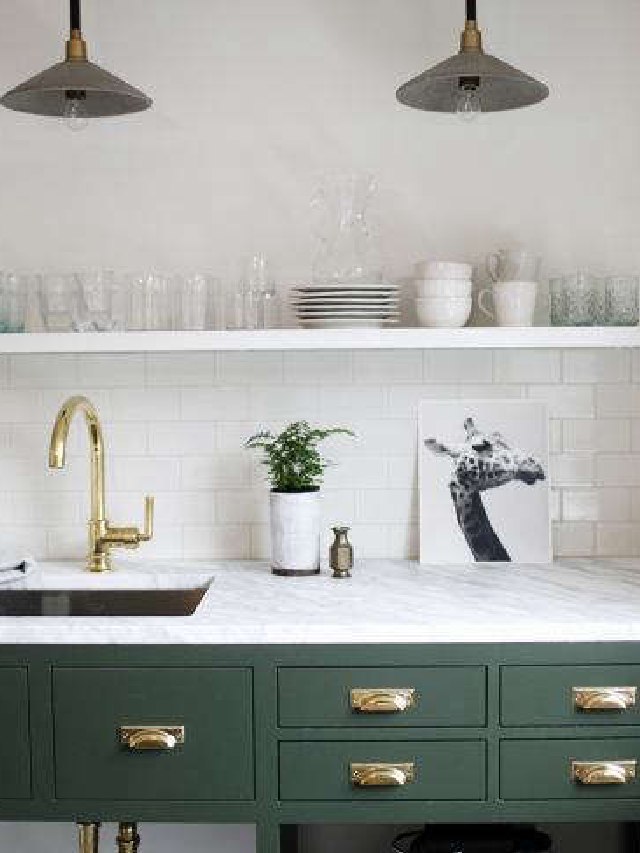








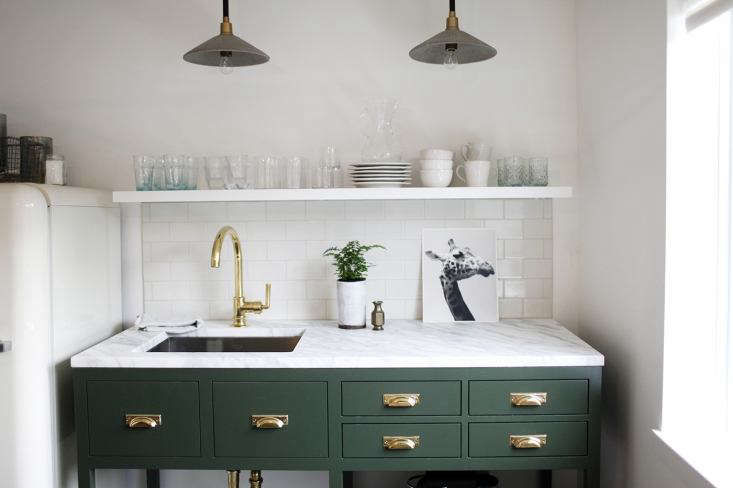

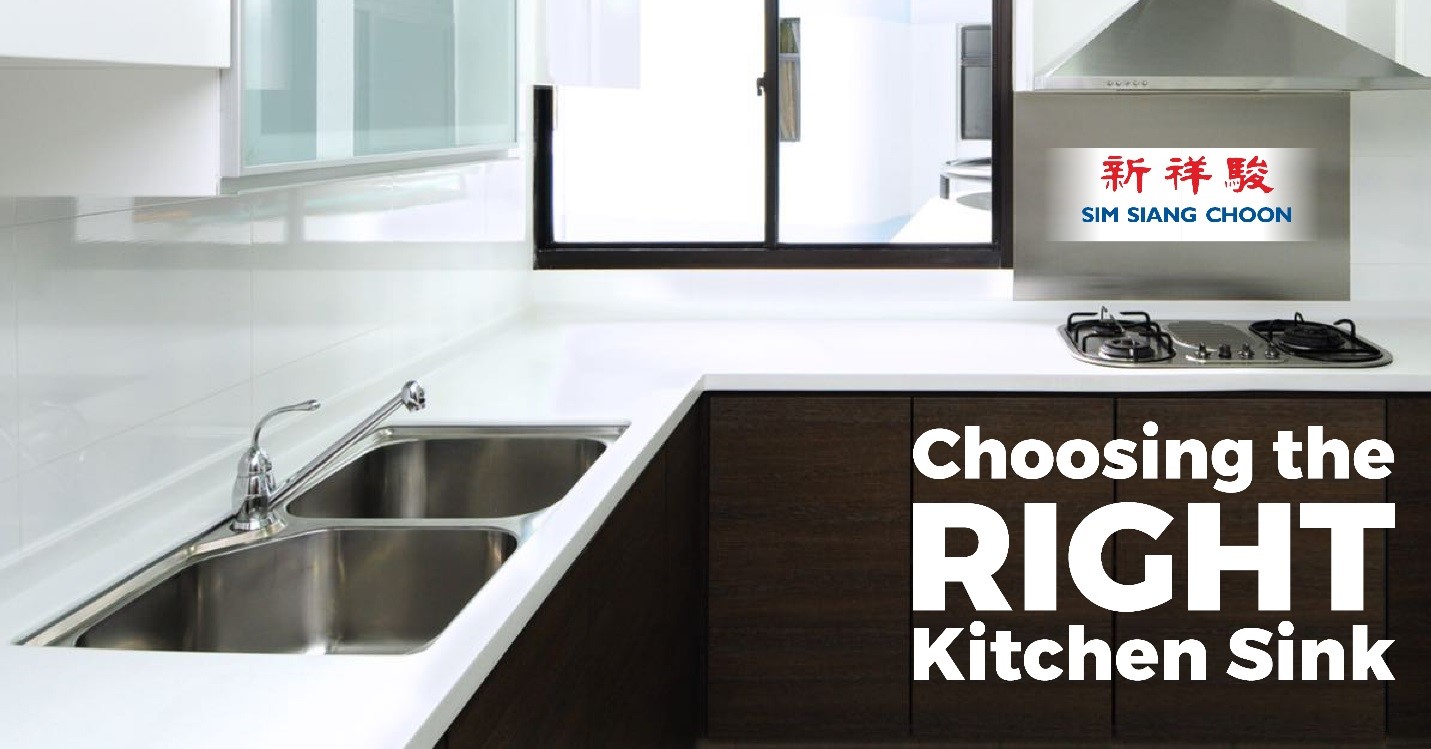

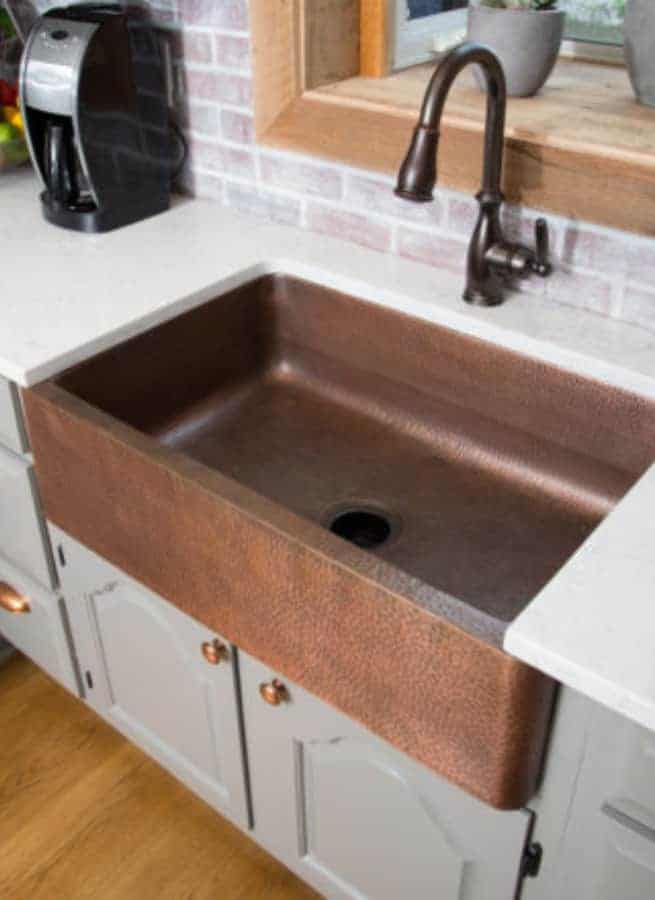









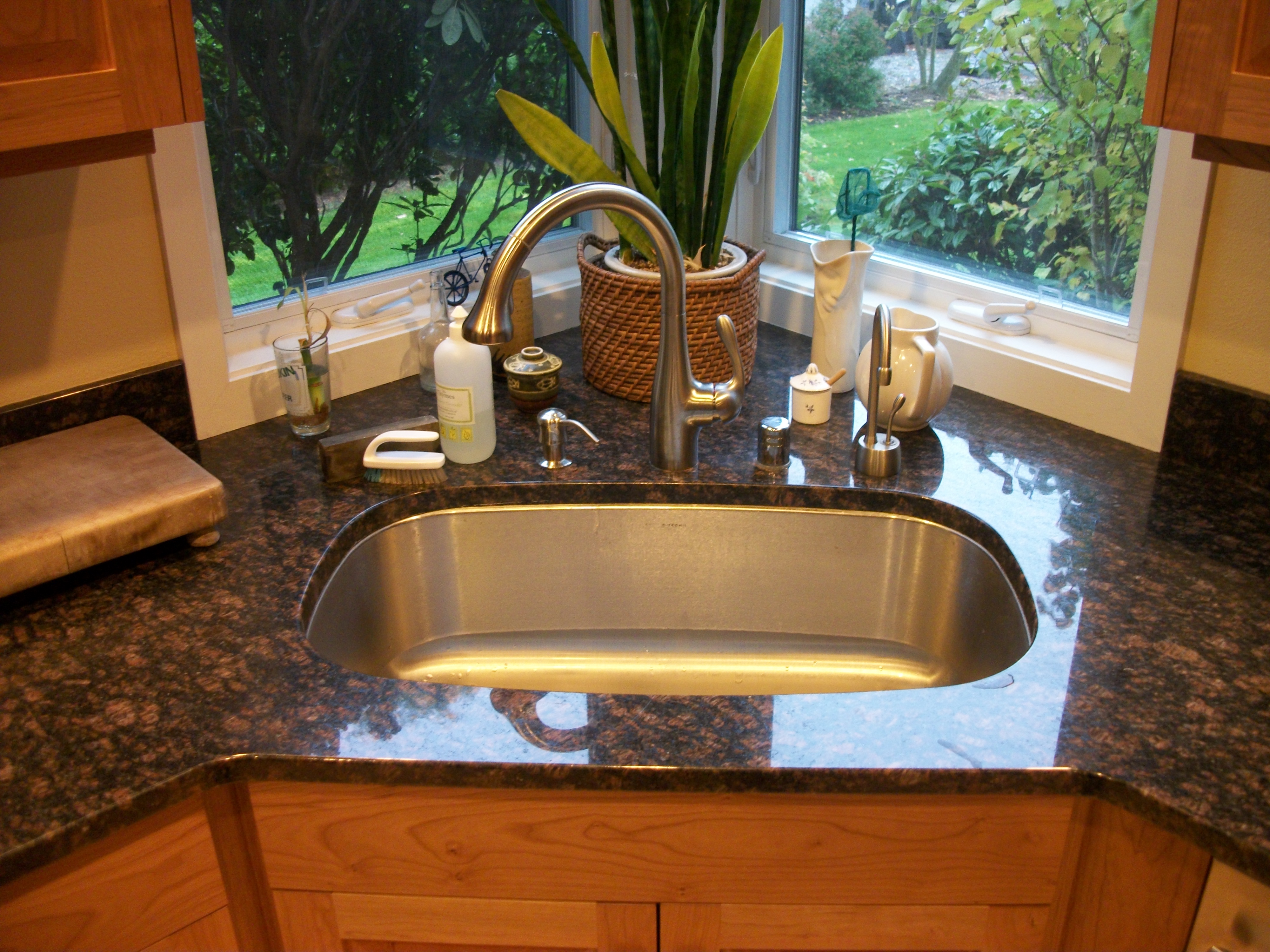
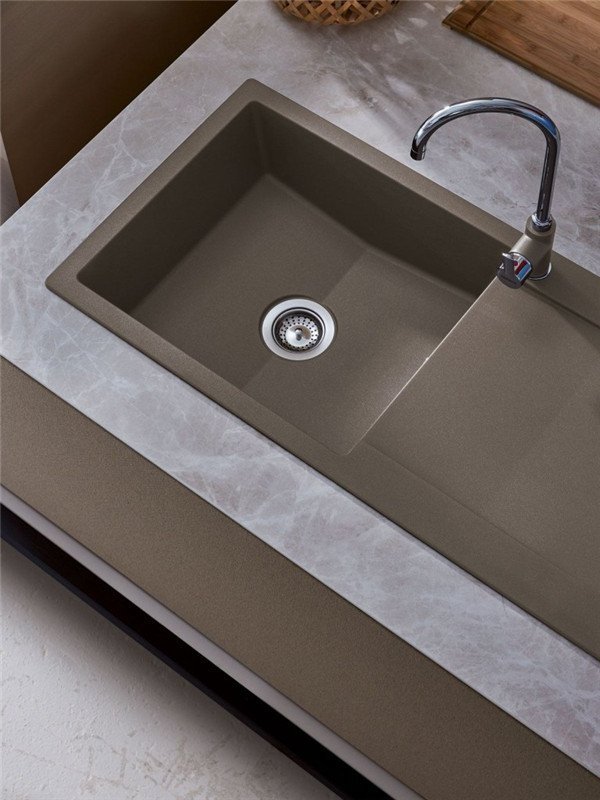


















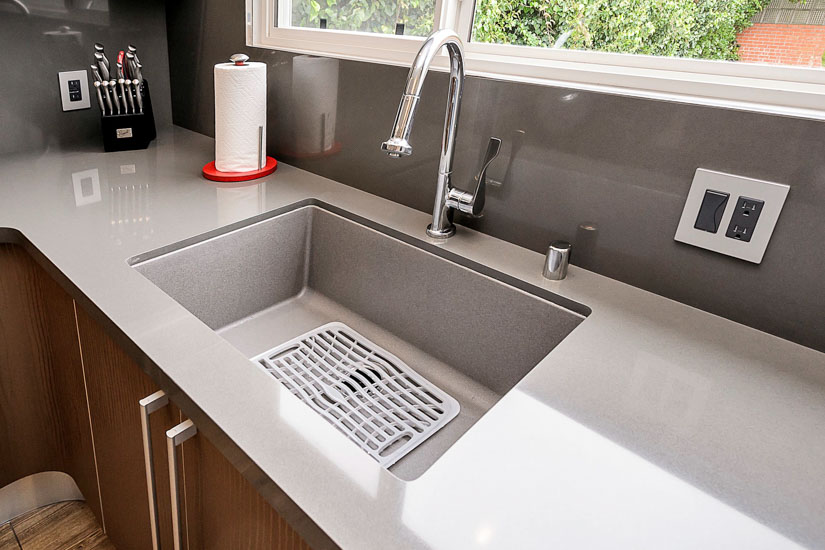























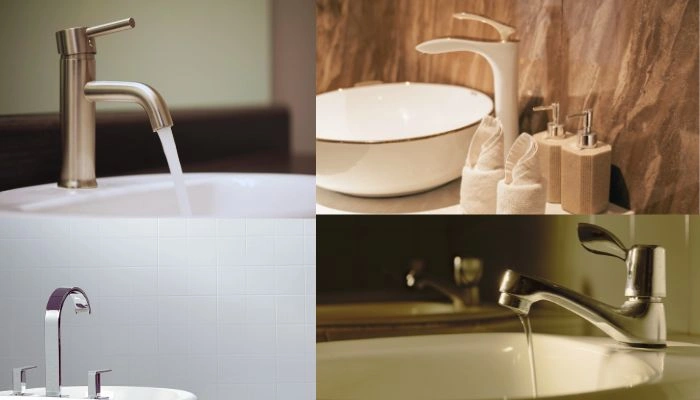




























/how-to-install-a-sink-drain-2718789-hero-24e898006ed94c9593a2a268b57989a3.jpg)
